The content of the article
Kitchen utensils made of stainless steel rightfully occupy a leading position in the market for cooking goods: firstly, you can cook a variety of dishes in it, without fear that the walls will fade and the bottom will become cloudy, and secondly, this material subject to destruction even under the influence of high temperatures. But the main thing is why the housewives loved this dish - for its resistance to oxidation in principle and, as a result, to corrosion processes due to the presence of chromium and its compounds in its composition.
Tip: since stainless steel is additionally divided into several classes depending on its intended purpose, to purchase any dishes made of this material should only be fully acquainted with its data (for example, class I is corrosion-resistant).
At the same time, pots, pans and other kitchen utensils made of stainless steel are less prone to burning: in order for food to adhere to the bottom or walls of such utensils, it is necessary to leave it on high heat for a sufficiently long time. To clean a burnt pan is quite simple, the main thing is to know a few fundamental rules for handling such dishes and not use poor-quality chemicals.
Cleaning the inside of the pan
There are several ways to clean the internal burnt surface of the pan, and they differ by the means used: for example, light sticky dirt can be removed, for example, using ordinary baking soda, while strong dirt can be removed using special acids, vinegar and other chemicals. When choosing one or another method, you should rely on:
- The time elapsed since the formation of food solidification at the bottom;
- Adhesive layer power;
- Characteristics of the dishes themselves (for example, most models of stainless dishes are afraid of salts and chlorine solutions).
Baking soda cleaning
Baking soda should always be in the kitchen: with it you can not only clean the pan from carbon deposits, but also remove greasy stains from any surfaces and even get rid of small cracks, replacing it with “putty” putty.
The cleaning process is quite simple: first you need to wash the dishes as much as the burnt food allows, then dry the inside walls and the bottom (including soot). After this, soda should be abundantly sprinkled with pollution, and, importantly, evenly distributed from all sides. Finally, in this state, the pan is left for 1.5-2 hours, after which it is cleaned with an ordinary sponge.
Tip: the amount of soda used should be determined experimentally, since it depends on the amount of burnt food. However, in most cases, approximately 100-125 milliliters are enough.
If the pan was left for a long time, and the amount of burnt food is large enough, you can prepare soda paste: for this, 90-100 ml of water should be added to the above amount of soda. The resulting mixture will literally bind the soot, and removing it after 2-3 hours will be much easier.
Cleaning with warm water
If soda was not at hand, then you can use this method, which, however, will take a slightly longer amount of time. It is necessary to fill the saucepan with warm (35-37 degrees) water at a level slightly higher than carbon deposits, and leave it in this state for 5-6 hours, tightly closing the lid and wrapping it in a blanket so that the water does not cool.After three hours, the water can be changed.
Then, you should pour the boiled water into the pan and add two or three tablespoons of table salt (it’s important not to cold, otherwise it will be detrimental to the pan) and leave the dishes alone for an hour or two. After these operations it will be much easier to remove carbon deposits, however, it should be noted that in no case should you use hard abrasive brushes: although they scrape off burnt food perfectly, at the same time they leave microcracks that will be healed in the future with salt or other soot.
Activated Carbon and Whey Purification
You can clean a burnt pan using solutions, the main component of which is the listed ingredients. The difference between them is that activated carbon must first be crushed into powder and added to cold water, while whey is recommended to be added to warm boiled water.
Important: the solution containing activated charcoal is especially good at combating soot formed by drying on the walls of dairy products and cereals.
Also, a solution containing activated carbon must be drained from the pan after 15-30 minutes, while a suspension of whey and water - after a day. In both cases, carbon deposits should be covered with at least 2-3 centimeters.
Cleaning with vinegar and other chemicals
To remove carbon deposits with vinegar is even easier: just pour a small amount on a soft cloth and gently rub it with carbon deposits. Vinegar, being a product of a weak acid of the same name, perfectly copes with burnt food, while not harming the surfaces of the pan in any way.
Tip: instead of vinegar, you can use citric acid. To clean the carbon deposit, it is enough to dilute the solution from one tablespoon of acid and 250 milliliters of water.
After using both vinegar and citric acid, be sure to, firstly, thoroughly rinse the pan several times with ordinary running water, and then wipe it dry with a towel.
Cleaning the outside of the pan
There are fewer ways to clean the outer surface of the stainless pan, since soaking the entire outer part is quite problematic in most cases, unless you have to occupy a whole sink.
In this case, it is generally prohibited to use abrasive materials, since the result of such a procedure can be a huge number of scratches, which will not be possible to remove afterwards, and the constant exposure to fire at the bottom will gradually destroy the structure of the dishes (even heat-resistant).
Cleaning with soda and glue
Using these two ingredients, it is necessary to make a soft paste, which, firstly, will absorb a certain amount of soot at the first wipe, and secondly, it will allow you to gently clean the burnt food afterwards. Typically, the following proportions of components are taken for cooking: 100-150 grams of soda and about 20 grams of glue are taken per liter of water. The mixture must be completely walked on the burnout so that for half an hour the soot is completely under it.
Tip: to speed up the process you can put the saucepan on medium heat.
Chemical cleaning
In numerous supermarkets in Russia you can easily find non-aggressive, soft, products for the care of various surfaces, for example, Amway Oven Cleaner and the like. In most cases, instructions for their use are universal:
- To start, you should well heat the pan over medium heat.
- Then the composition of the product using a spray is applied to a burnt surface and left on it for 15-20 minutes.
- After soot, carefully rubbed with a soft sponge. If the smallest pieces still remain on the surface of the dishes, the procedure should be repeated, again heating the pan.
The window cleaner can help to completely remove carbon deposits from both the external and internal surfaces. It is only necessary to apply approximately 15-25 milliliters to the surface with a dispenser (approximately 2-3 injections) and use a soft cloth to clean the problem area.
Important: you need to use only those products, the basis of which are weak acids. Even if they contain a very small amount of salts, they must be used in accordance with certain measures, that is, quickly apply the product, clean the soot and rinse the dishes thoroughly.
After using any chemicals, the surface of the pan should be washed with warm water and wiped dry with a soft cloth. The use of soap after various means is impractical.
General tips for the care of utensils made of stainless steel
There are several main rules for caring for stainless utensils, compliance with which will, firstly, extend their service life, and secondly, to avoid any problems with removing the burnout on both surfaces.
In no case should you leave washing the dishes “for later”, as this is fraught with the appearance of soot. Moreover, many manufacturers urge immediately after cooking to transfer the dish to a container, and thoroughly rinse the stainless dishes themselves. This will not take much time, plus it will help maintain the original appearance of the dishes.
It is also not recommended to use a dishwasher and dry a stainless pan in the air, as this is fraught with the appearance of various spots. In order for it to serve as much as possible, immediately after its washing and operation it is better to use an ordinary towel.
Video: how to wash a stainless steel pan from a burnout


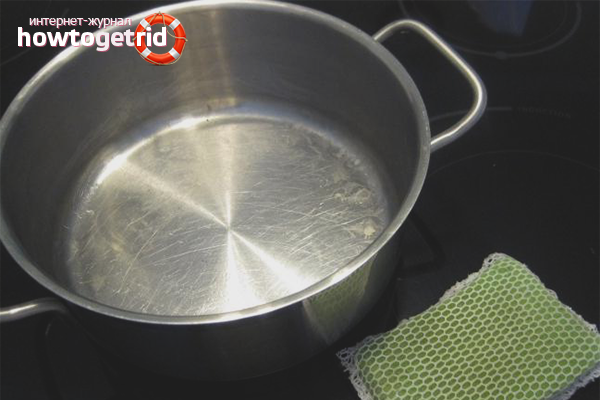

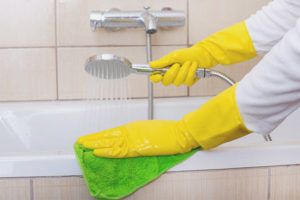
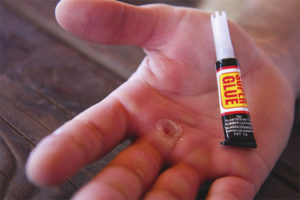
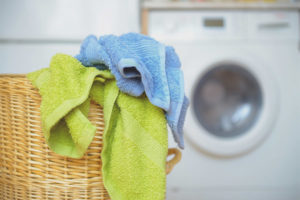
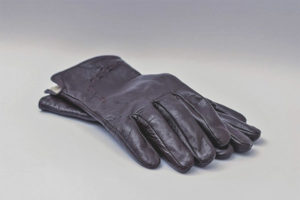


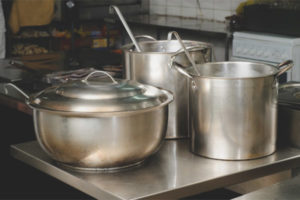
Submit